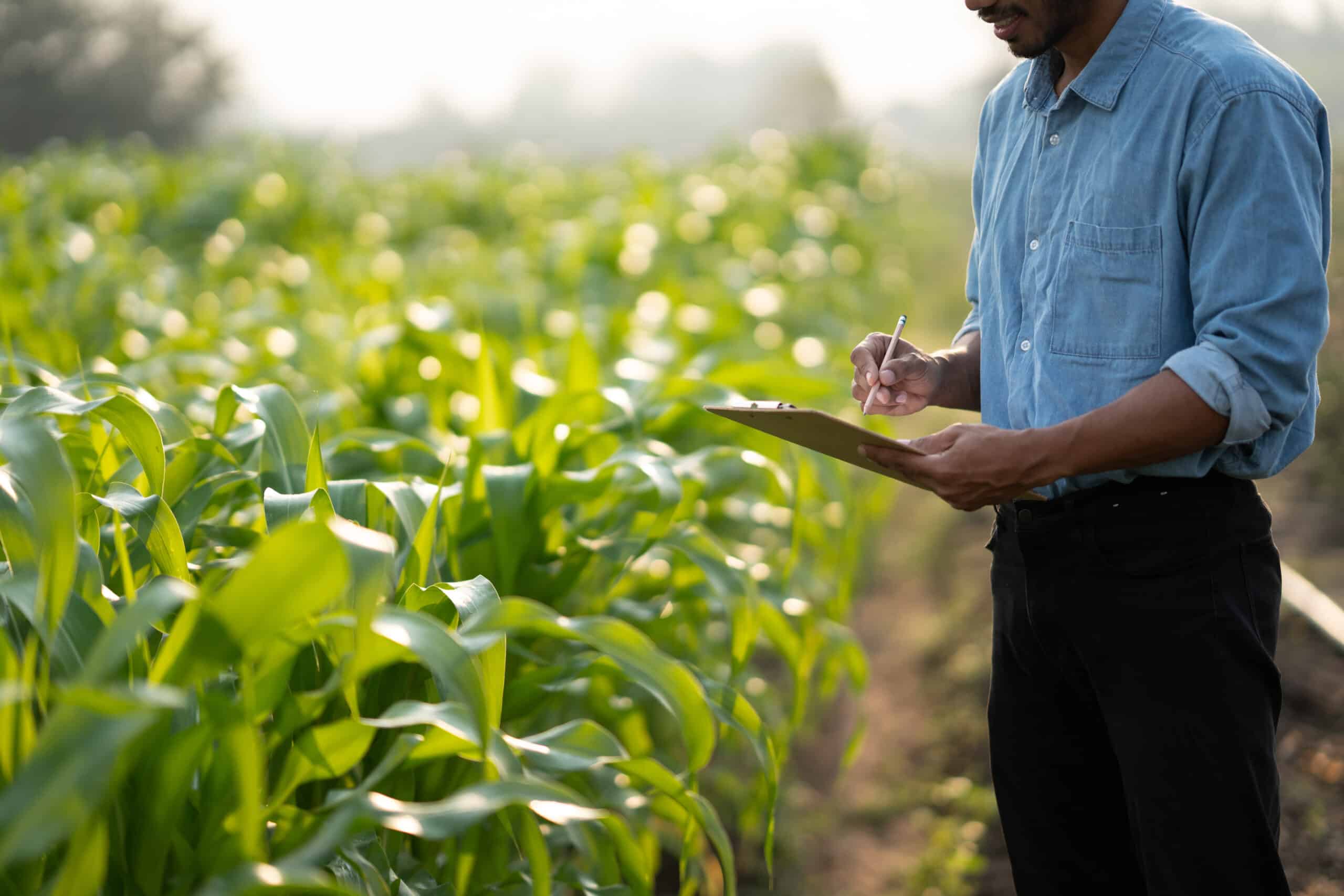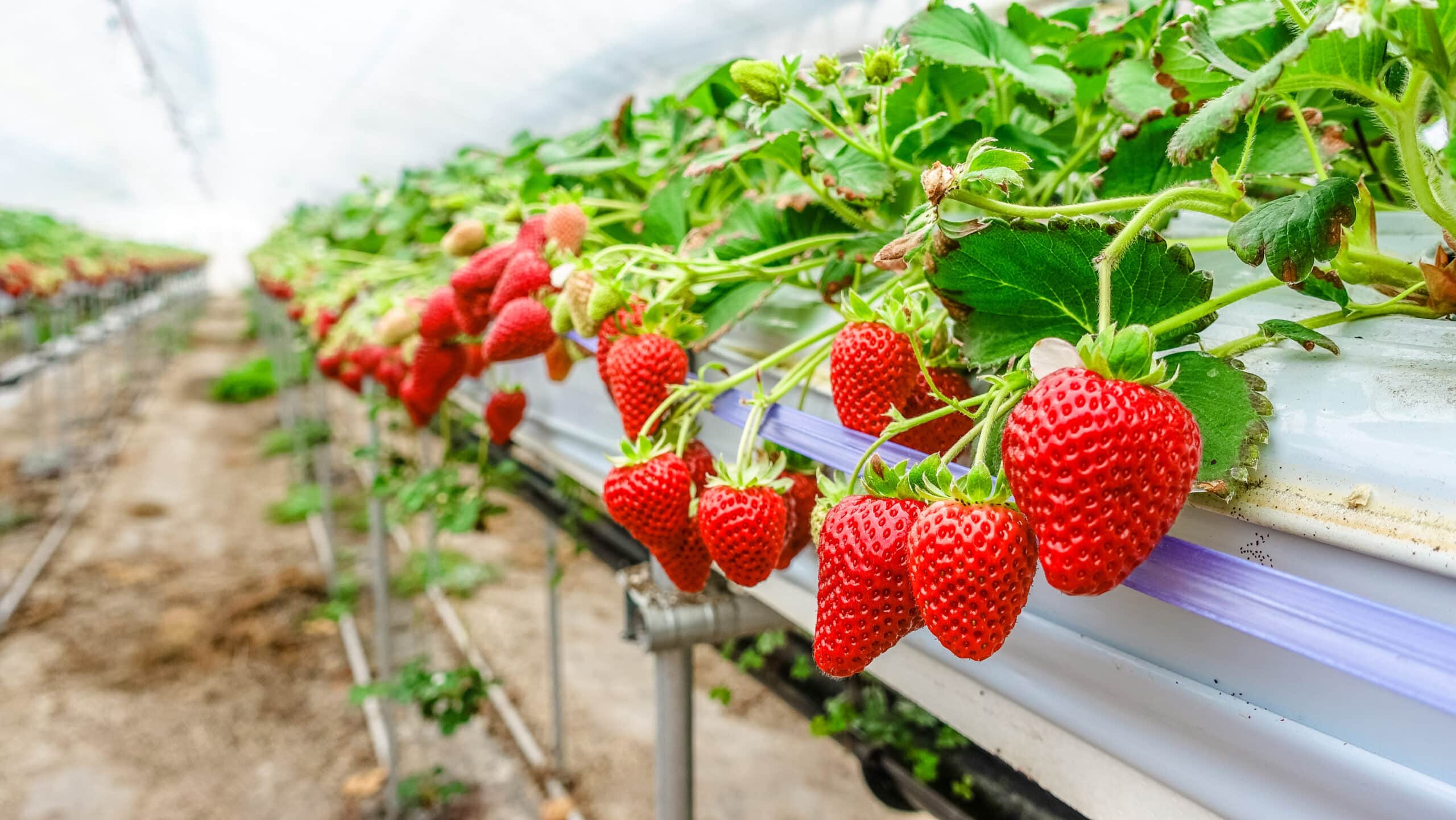Coastal communities around the world are grappling with the escalating challenges of overfishing, environmental degradation, and the loss of vital ecosystems like mangroves and coral reefs. Overfishing and habitat destruction have led to a significant decline in global fish stocks. The Food and Agriculture Organization (FAO) reports that over 30% of the world’s fish populations are overexploited, with some species teetering on the brink of extinction. This decline has had devastating consequences for coastal communities, many of which rely heavily on fishing for their livelihoods and as a primary food source. Furthermore, the degradation of coastal ecosystems also threatens marine biodiversity and lessens their resilience to the effects of climate change.
Improved aquatic resource management is critical in addressing these issues, as traditional approaches have often fallen short in addressing these complex problems; however, recent innovations have opened promising avenues for progress. Seawater agriculture is an innovative circular approach that combines cultivating salt-tolerant plants (halophytes) that are irrigated by seawater with rehabilitating depleted fisheries, replenishing mangrove forests, and restoring degraded coastal ecosystems. This method holds significant promise as a sustainable alternative to traditional agriculture, particularly in arid coastal regions where freshwater is scarce.
This article examines the positive and negative impacts of seawater agriculture on aquatic ecosystems and outlines key considerations and policy recommendations for sustainable aquatic resource management.
Benefits for aquatic ecosystems
In recent years, aquatic resource management has seen considerable development with innovative approaches like seawater agriculture exhibiting transformative potential for the health and resilience of aquatic ecosystems. By virtue of its ability to mitigate nutrient pollution, rehabilitate depleted fisheries, enhance coastal biodiversity, protect against coastal hazards, and enable carbon sequestration, seawater agriculture offers a holistic way to address some of the most pressing environmental challenges faced by coastal communities.
One of the most significant benefits is the prevention of nutrient pollution from aquaculture. Traditional aquaculture often releases nutrient-rich wastewater into the ocean, with detrimental and even catastrophic consequences. The most obvious example of this is eutrophication, where excess nutrients cause rapid algae growth. This growth blocks sunlight and consumes oxygen as the algae decomposes, creating hypoxic “dead zones” where marine life cannot survive. Evidently, the consequences of poor aquatic resource management have been severe, and harbour the potential to collapse ecosystems. Fortunately, this issue can be mitigated by integrating aquaculture systems with halophyte cultivation. In this model, nutrient-rich wastewater from fish or shrimp farms can be used to irrigate and fertilise halophytes, preventing it from directly entering and polluting the ocean. This closed-loop system reduces nutrient runoff while providing a valuable source of fertiliser for salt-tolerant crops.
In addition to addressing nutrient pollution, seawater agriculture can play a crucial role in fishery rehabilitation. Overfishing is a major threat to global fish stocks, leading to the depletion of numerous commercially important species and disrupting marine ecosystems. Seawater agriculture can contribute to fishery rehabilitation by creating alternative livelihoods for fishing communities. When employed in seawater agriculture, fishermen can allow overfished areas to rest and recover, promoting the replenishment of fish stocks.
Implementing sustainable practices, such as regulating fishing activities, introducing catch quotas, and implementing seasonal closures, has been shown to support the gradual recovery of fish stocks and ultimately improve economic outcomes for local fishers.
Similarly, protecting and cultivating mangroves can provide nursery habitats crucial for many fish species. Mangroves offer protection from predators and an abundance of food sources, which supports the growth and development of juvenile fish, thereby enhancing the overall productivity of fisheries.
Beyond fishery rehabilitation, seawater agriculture, particularly when integrated with mangrove cultivation, contributes significantly to the enhancement of coastal biodiversity. Mangrove forests are among the most biodiverse ecosystems on Earth, supporting a wide array of plants, animals, and microorganisms. They provide habitat for numerous fish, crustaceans, birds, reptiles, and mammals, acting as vital breeding and feeding grounds. A real-world example of this positive impact was observed in Eritrea, where a seawater agriculture project led to a remarkable 1,000% increase in bird biodiversity.
Expanding mangrove forests can also significantly enhance the resilience of coastal areas and help protect them from natural hazards. Coastal regions are increasingly vulnerable to hazards like hurricanes, tsunamis, storm surges, and rising sea levels. By promoting the growth and expansion of mangrove forests, aquatic resource managers can help strengthen the natural defences that protect coastlines and coastal communities. The intricate root systems of mangroves help stabilise shorelines, prevent erosion, and act as natural barriers, absorbing wave energy and reducing the impact of storm surges, ultimately minimising damage to coastal infrastructure and communities.
Finally, seawater agriculture contributes significantly to carbon sequestration efforts. Mangrove forests and halophytes exhibit a remarkable capacity for carbon sequestration, absorbing and storing significant amounts of atmospheric carbon dioxide. In particular, the dense vegetation and waterlogged soils of mangrove ecosystems create ideal conditions for long-term carbon storage. This not only makes them valuable allies in mitigating climate change but also offers a valuable revenue stream as carbon credits generated through this sequestration are monetised.
The inherent challenges of aquatic resource management
While seawater agriculture presents numerous ecological and economic benefits, its challenges and risks require careful consideration. One of the most significant concerns associated with seawater agriculture is the potential for salinisation of freshwater resources. If seawater used for irrigation is not properly managed, it can intrude into freshwater aquifers, contaminating drinking water sources and impacting terrestrial ecosystems. Seawater intrusion can occur through poorly designed irrigation systems or excessive pumping from coastal aquifers.
Similarly, seawater applied to the soil can cause soil salinisation, which can leave the soil unsuitable for conventional crops in the future. Careful site selection, appropriate irrigation techniques, and continuous monitoring of groundwater and soil salinity are crucial to mitigate these risks.
In addition to the risks of salinisation, implementing large-scale seawater agriculture projects requires careful consideration of the potential impacts on existing ecosystems and aquatic resources. While seawater agriculture aims to restore degraded areas, careful and measured aquatic resource management is necessary to avoid disrupting natural habitats that support unique and valuable species.
Thorough ecological assessments and careful planning are necessary when selecting suitable locations for seawater agriculture. Engaging with local communities and stakeholders who possess knowledge of local ecosystems can help minimise disruption to existing biodiversity and preserve valuable coastal habitats.
Another significant risk associated with seawater agriculture is the introduction of non-native halophytes, which carry the risk of invasive species. Non-native halophytes may outcompete native species, disrupt existing ecological balances, and reduce overall biodiversity. Prioritising the cultivation of native halophytes whenever possible can help mitigate this issue, and research and development efforts should focus on this to ensure the long-term sustainability and ecological harmony of seawater agriculture initiatives.
Beyond ecological concerns, seawater agriculture faces numerous financial and regulatory challenges. Significant investment is required for ecosystem restoration and seawater agriculture projects, which can be perceived as risky due to their integrated and systemic nature. Ambiguity in policies, particularly concerning blue carbon crediting, adds to this uncertainty.
To address these challenges, governments must play their part in facilitating seawater agriculture through supportive policies and incentives. By developing clear regulations for carbon crediting, offering tax incentives, and providing grants for ecosystem restoration, governments can stimulate investment and encourage sustainable practices that can shift the industry in a regenerative direction.
Foundations for success
Effective policy frameworks and strategic planning are essential to maximise the benefits and mitigate the potential risks of seawater agriculture.
At the government level, stringent environmental regulations are essential to govern practices and ensure the responsible development of seawater agriculture. These regulations should address issues such as wastewater management and control of invasive species. Policies should also encourage and prioritise engaging with local communities, indigenous groups, and other stakeholders throughout the planning and implementation phases. Obtaining free, prior, and informed consent from affected communities, particularly when projects involve indigenous lands, can greatly help ensure that projects benefit local livelihoods and respect cultural values.
From a commercial standpoint, businesses involved in seawater agriculture must adopt environmentally sustainable and socially responsible practices. Companies should invest in technologies that minimise environmental impacts and prevent salinisation of surrounding soil. Before implementing seawater agriculture projects, much planning is required to ensure all environmental, social, and economic factors are considered. Location planning should prioritise degraded areas with high salinity and low biodiversity value. Ecologically sensitive zones should be avoided, and proximity to markets, infrastructure, and potential workforce should also be considered.
Significant investment in research and development is also necessary for seawater agriculture, and aquatic resource management. This would include the development of breeding programs to produce high-yielding, disease-resistant, and commercially viable halophyte varieties that are adapted to local climates and soil conditions.
The path ahead
The challenges facing coastal communities and marine ecosystems are significant but not insurmountable. Seawater agriculture and sustainable aquatic resource management hold immense potential to restore ecological balance, enhance food security, and support the livelihoods of millions of people who depend on coastal resources. By integrating innovative practices like halophyte cultivation with effective conservation strategies, it is possible to reduce pressure on freshwater resources, rehabilitate degraded ecosystems, and build resilience against climate change.
At Farrelly Mitchell, we specialise in providing tailored solutions to address the unique challenges of the fisheries and aquaculture sector. Our expertise spans the entire value chain, from feasibility studies and market analysis to operational optimisation.
Our aquatic resource management team can provide crucial insights into all operational, financial, and technical aspects of aquaculture. We help our clients to navigate challenging technical, regulatory, and market forces within the fisheries and aquaculture sector, ensuring long-term commercial success while safeguarding the future of our seas.
Contact us to speak to one of our aquatic resource management experts today.














